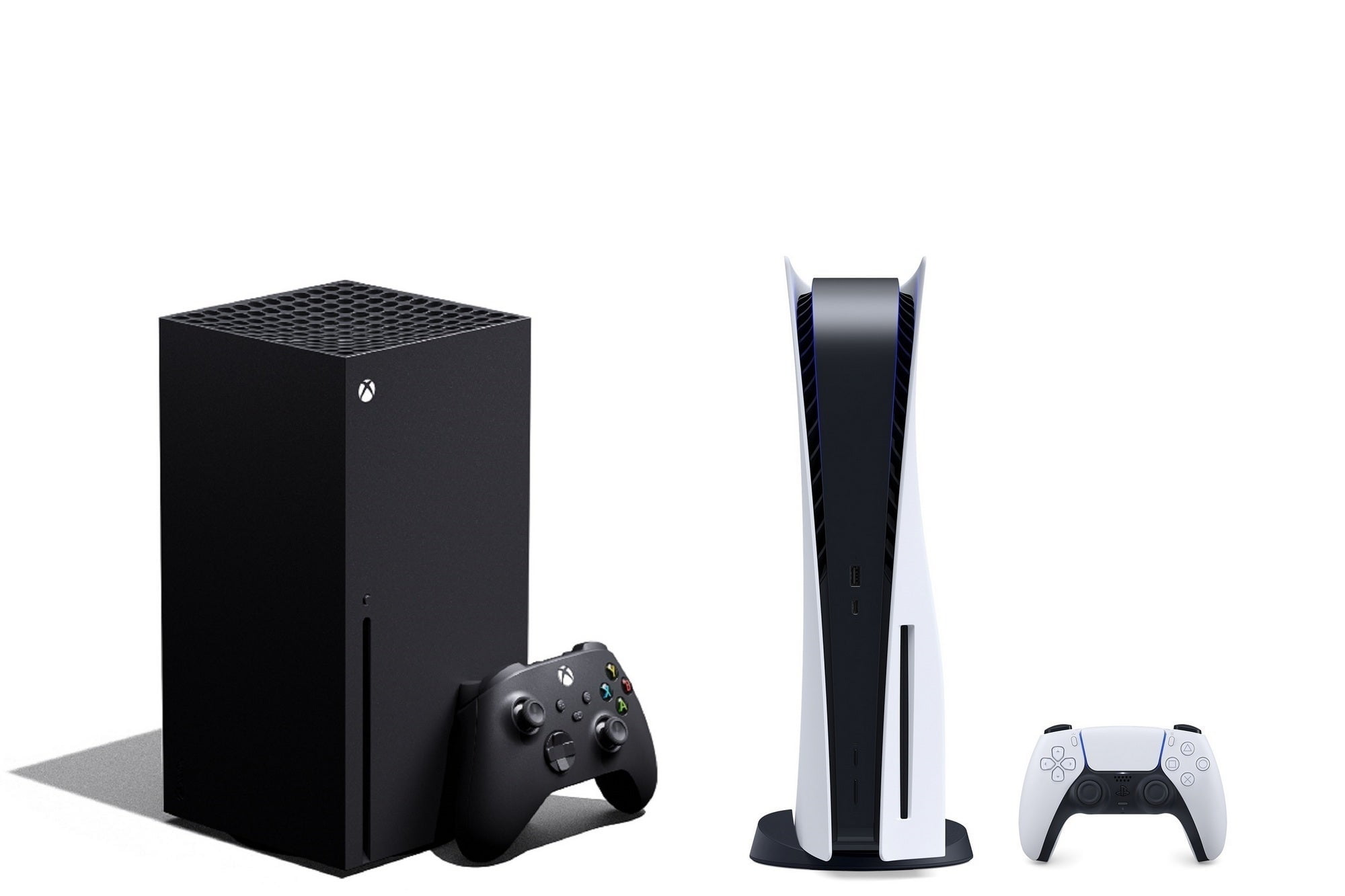
Pressure washing or power washing is the use of high-pressure water spray to remove loose paint, mold, grime, dust, mud, chewing gum and dirt from surfaces and objects such as buildings, vehicles and concrete surfaces. The volume of a mechanical pressure washer is expressed in gallons or litres per minute, often designed into the pump and not variable. The pressure, expressed in pounds per square inch, pascals, or bar, is designed into the pump but can be varied by adjusting the unloader valve. Machines that produce pressures from 750 to 30,000 psi (5 to 200 MPa) or more are available.
The hot-water high-pressure washer was invented by Alfred Kärcher in 1950,[1] but Frank Ofeldt in the United States claimed to have invented the steam pressure washer or “high-pressure Jenny” in 1927.[2][3]
The basic pressure washer consists of a motor (either electric, internal combustion, pneumatic or hydraulic) that drives a high-pressure water pump, a high-pressure hose and a trigger gun-style switch. Just as a garden hose nozzle is used to increase the velocity of water, a pressure washer creates high pressure and velocity. The pump cannot draw more water from the pipe to which the washer is connected than that source can provide: the water supply must be adequate for the machine connected to it, as water starvation leads to cavitation damage of the pump elements.
Different types of nozzles are available for different applications. Some nozzles create a water jet that is in a triangular plane (fan pattern), others emit a thin jet of water that spirals around rapidly (cone pattern). Nozzles that deliver a higher flow rate lower the output pressure. Most nozzles attach directly to the trigger gun.
Some washers, with an appropriate nozzle, allow detergent to be introduced into the water stream, assisting in the cleaning process. Two types of chemical injectors are available — a high-pressure injector that introduces the chemical after the water leaves the pump (a downstream injector) and a low-pressure injector that introduces the chemical before water enters the pump (an upstream injector). The type of injector used is related to the type of detergent used, as there are many chemicals that will damage a pump if an upstream injector is used.
Washers are dangerous tools and should be operated with due regard to safety instructions. The water pressure near the nozzle is powerful enough to strip flesh from bone. Particles in the water supply are ejected from the nozzle at great velocities. The cleaning process can propel objects dislodged from the surface being cleaned, also at great velocities. Pressure washers have a tendency to break up tarmac if aimed directly at it, due to high-pressure water entering cracks and voids in the surface.
Most consumer washers are electric- or petrol-powered. Electric washers plug into a normal outlet, are supplied with tap water, and typically deliver pressure up to about 2,000 psi (140 bar). Petrol washers can deliver twice that pressure, but due to the hazardous nature of the engine exhaust they are unsuitable for enclosed or indoor areas. Some models can generate hot water, which can be ideal for loosening and removing oil and grease.
Gadget reviewer Doug Aamoth has a rocky relationship with birds vis-a-vis their daily deposits on his precious patio. Armed with $80 and hell-bent on keeping his patio sparkling, he leverages the Sun Joe SPX1000 pressure washer, a city-friendly unit meant for light jobs.








